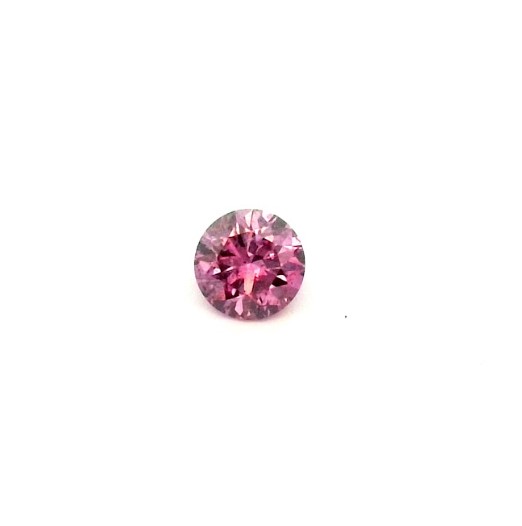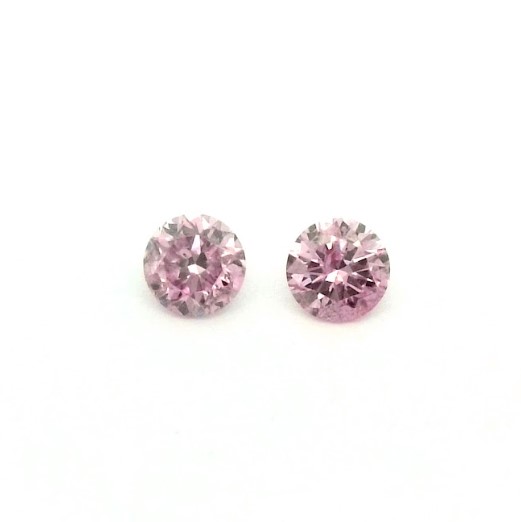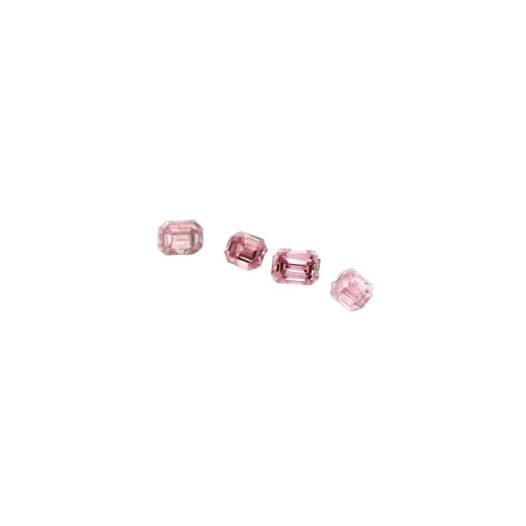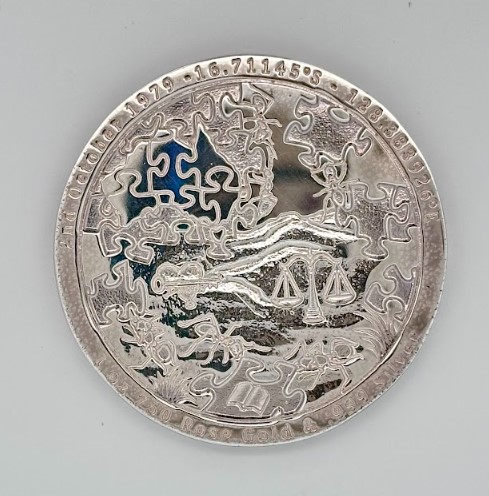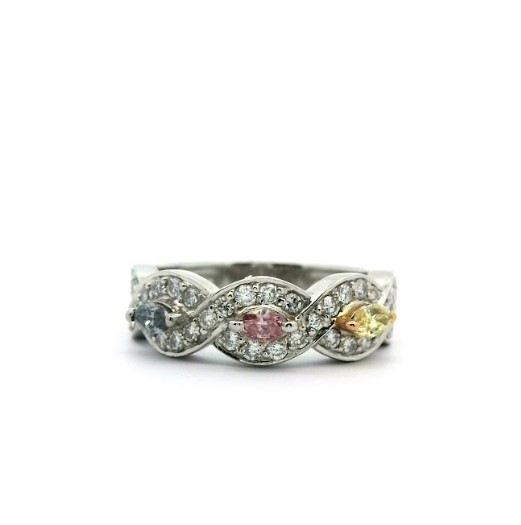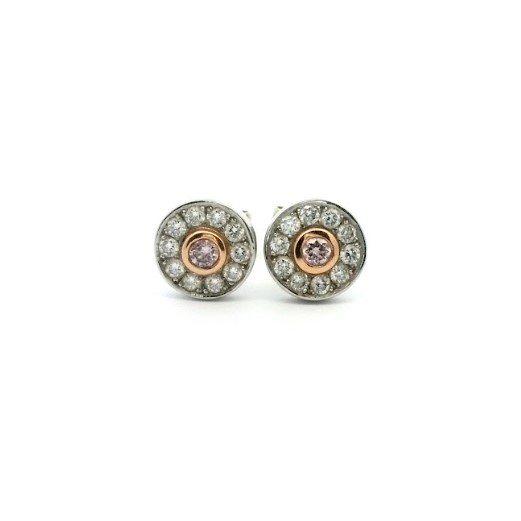Pink Diamond Certification and Authentication
The Importance of Providence
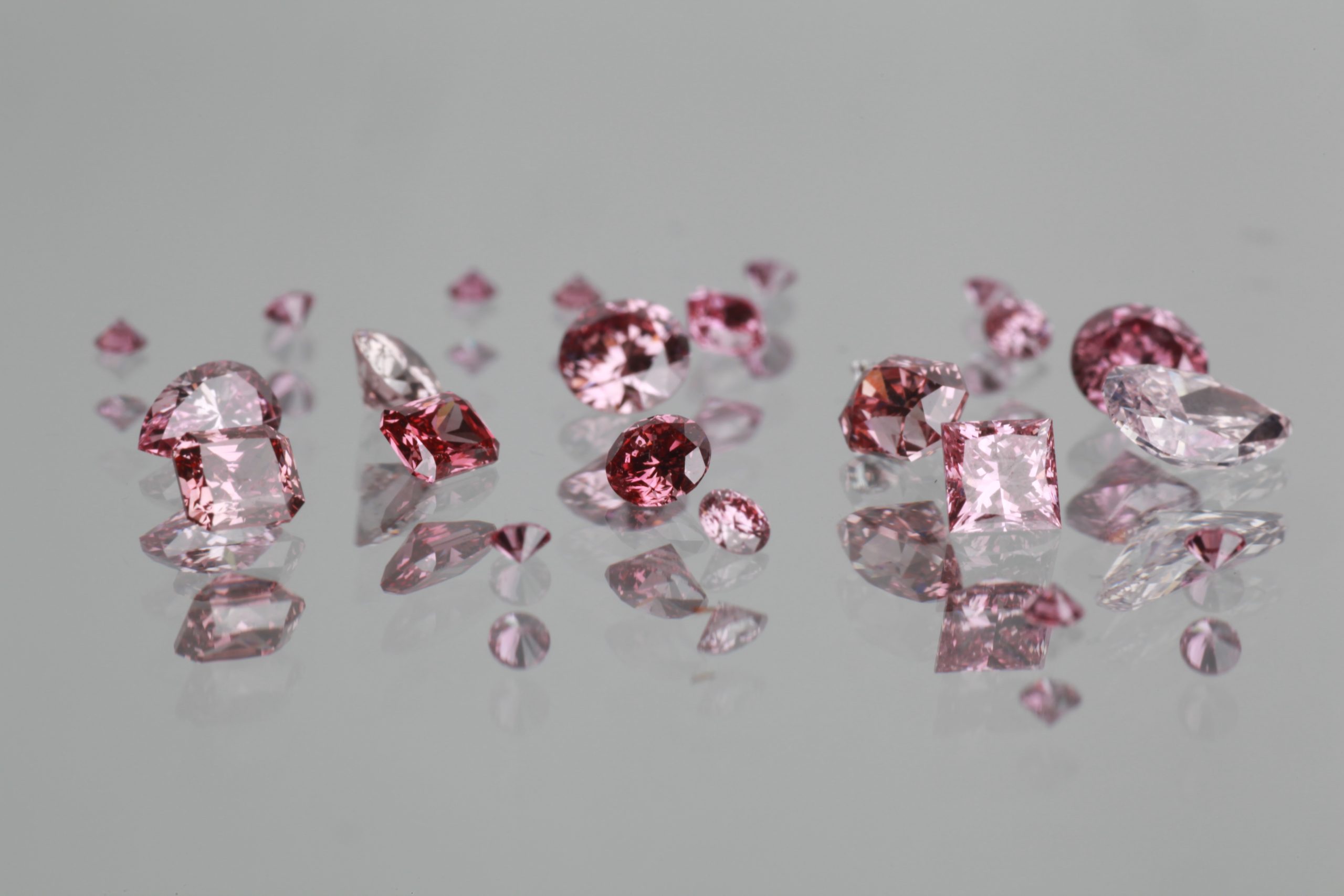
The most important aspect of buying an Australian pink diamond is knowing that it has the right providence. It has been generally acknowledged that 90% of the world’s pink diamonds have been sourced from the Argyle diamond mine. Unfortunately, it is lesser known that only a small proportion of the pink diamonds are a of a colour quality standard that have been chosen to be certified and marketed under the brand name.
Some secondary level pink diamonds were released into the rough market with Rio Tinto parcel Lot numbers to connect the diamond to the Argyle mine but less associated with the flagship brand. These diamonds can often be just as good, they are clean, well cut but generally identifiably different in colour tone and just not quite the same as the premium first grade stock and significantly cheaper.
The majority of the Argyle diamond mine pink production is material that is low quality colour and not of significant interest. This material was sold out to the general rough market with no authentication, the diamonds may well be able to be identified as Argyle mine origin but the colour and clarity are far from expectation.
Of the 10% of diamond found from mines outside of Australia only a few resemble the same quality and must be certified by GIA or IGI if you want to guarantee a quality diamond. All other pink diamonds certified or uncertified should be purchased with great caution.
With the value of pink diamonds the grade and type of certification are as important as the diamond itself. The type of certificate and level of origin details are what give the diamond its market value and how it compares to other diamonds on the market.
In the initial years of the Argyle diamond mine, many of their first pink diamonds were released to the market with little providence and what chain of custody that existed would have also been lost with time, so it is not impossible to find high quality older diamonds that do not have the providence expected for the quality. Once full control of marketing was taken by Rio Tinto, the chain of custody from mine throught the Partners and authorised jeweller system it created an invoice chain with certificate and Lot numbers to trace the diamonds back to the mine authority. This is why keeping your invoices is so important for resale as can provide the necessary information to confirm the diamonds providence.
The Argyle Diamond Mine Certification History
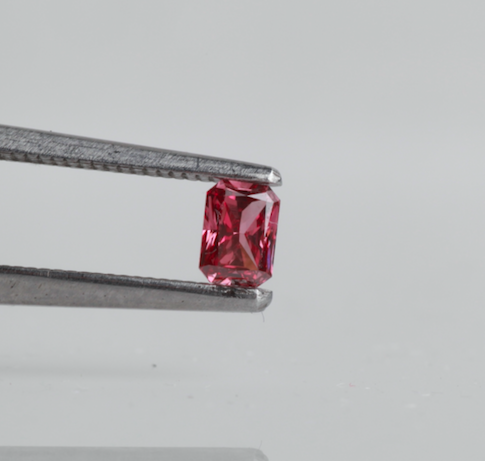
From the beginnings of this great discovery, the Argyle diamond mine has had to develop their own grading system and certification to regulate their product. Prior to this there was not a system of grading pink diamonds specific enough to cover the complexity of the colours and how they should be valued.
For the first several years of production half of the pink diamonds were sold and marketed by DeBeers and the other European dealers who would sell the diamonds into the general market. It is hard to imagin how many of these diamonds may exist and where they have spread throughout the world. It is only when these diamonds return back into the market that a connection may be re-establish when new certification is warranted for significant quality stones.
As early as 1995, ten years after their first production, did we see the Argyle diamond mine produce their own certificate to market their diamonds under their own brand. The certificates were produced for diamonds 0.20ct and above for diamonds of premium quality. These certificates were an upright three fold A4 size paper certificate with the logo impression in the paper and signed authorisation. The earliest diamonds were not laser inscribed as the technology was not available until around 2005 when the best diamonds began to be inscribed on the table or the girdle.
From 2005 the presence of laser inscription became a standard for all diamonds and in 2009 the size was reduced further so that all diamonds from 0.15ct were certified and took on a new form on an A5 single sheet card held within a three fold cover. The modern certificate design has changed several times over the years just to modernise the design and prevent the chance of forgery.
Unfortunately for a period of time the certificate for some overseas wholesalers was not seen as important and many were recertified under the international certification brand GIA and the original discarded. Fortunately many of these diamonds still had the laser inscription number on the diamond and was registered on the GIA certificate in the comments section. This means that it is not unusual for the original certificate to be missing if there is a GIA certificate and is just unfortunate and does slightly diminish the value. It is also not unusual that many diamonds were after their sale and recut by other manufacturers to improve either the colour or clarity of the diamond. This will mean that there will be diamonds with an Australian and GIA certificate but the GIA certificate will show a different catat weight to that of the original.
As many overseas suppliers still required the GIA certificates alongside the international recognition of the Australian certificate, it has seen Rio Tinto decide to release many of their top quality diamonds with both Australian and GIA certificates from production.
In the final years of the mine’s production as stock volumes reduced and the value of the smaller size diamonds became ever more valuable in 2016 it was introduced that many of the single diamonds and matched pair between 0.08-0.14ct would also get their own certificate. This further increased their value over the same quality diamonds with just the Lot number registration.
Each year the Argyle Diamond mine had a tender auction which has been a showcase of the best diamonds produced each year from the mine since 1984. Very few diamonds from the tender see their way back on the open market for sale but each comes with all of their details significate to that years sale.
Argyle Diamond mine Origins

The Argyle Diamond mine brand is synonymous with pink diamonds and the value of this name is extremely important when buying and selling pink diamonds. A pink diamond without identification does not hold the same authority as a diamond with the original receipts and certification to tie it back to the brand and cannot be sold with the same value.
As the pink diamond market has developed and the prices have improved older diamonds with little certification are requiring more information to help sell them with the authority required for their improved value. It is unquestionable when a diamond has a full Australian certificate and laser inscription but over the years many people have also lost their receipts with the original lot numbers and even the certificates so new authentication is required to re-establish origin connections.
There are now several highly reputable Australian origin certification providers in Australia who can verify the origin and provide further grading of the diamond. These services are often run with the assistance of previous mine employees who have the experience of grading techniques to monitor the process.
What we are also seeing is a lot of the smaller diamonds still held in reserve by the Partners being sent to IGI to be verified as Australian origin and sealed into secure cases for investors and collectors to keep the diamonds safe and preserve their providence.
The more secure and identifiable that a diamond has to its origin to Australia, the easier it will be to sell and gain the greatest value. Although the original details are always going to be preferred, secondary origin certificates are very important to fill any gaps created and are invaluable for re-sale. This is also important when purchasing a pink diamond that the authenticity that comes with the sale of the diamond is the most reliable possible for its history.


